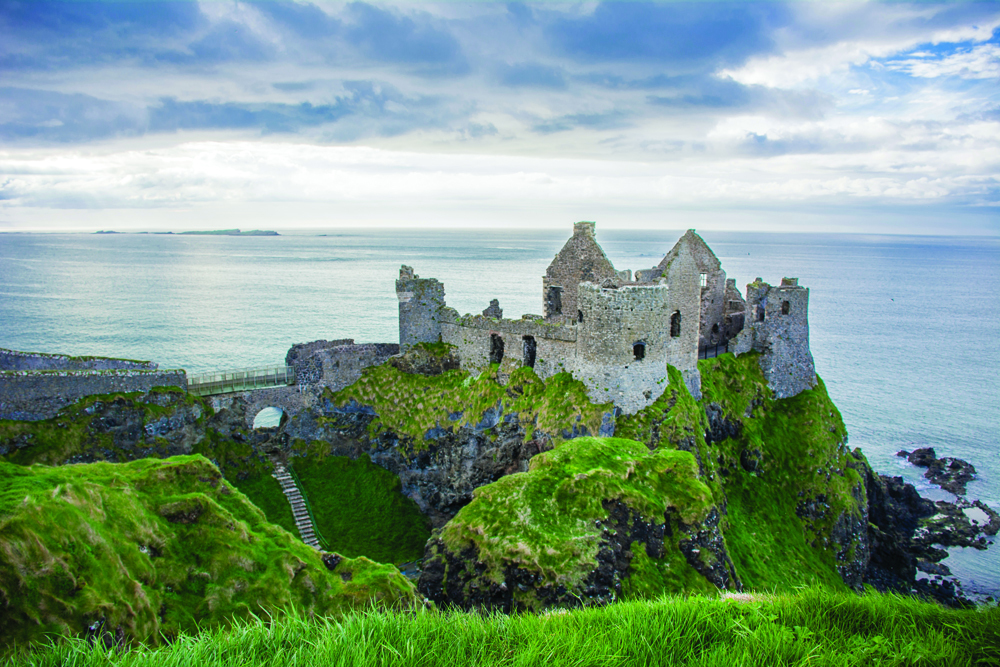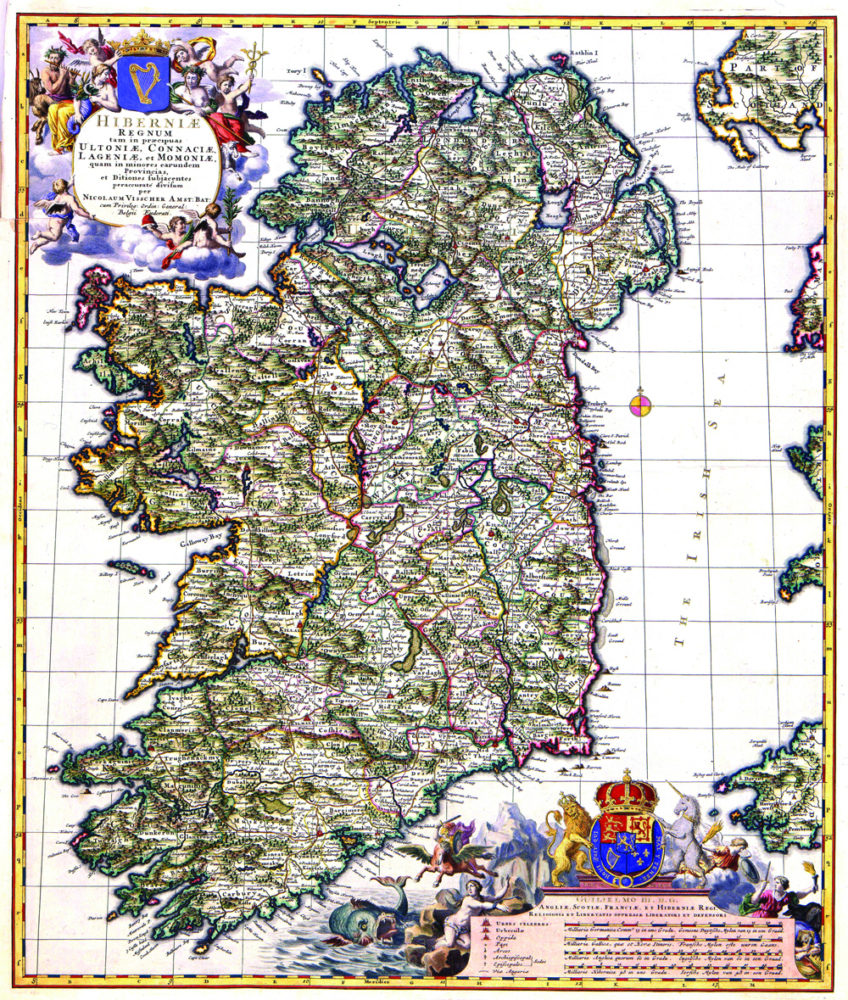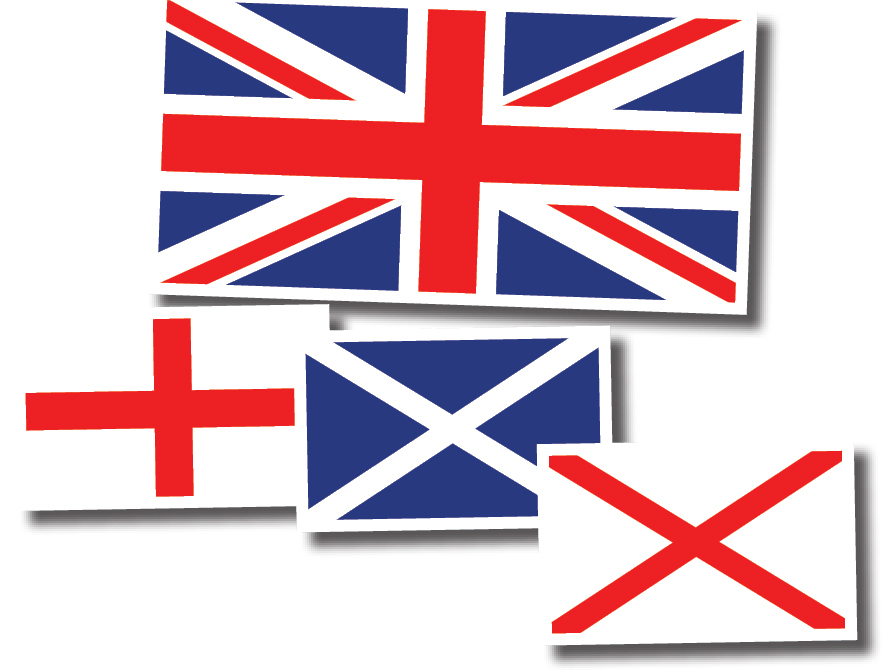 Menu
Menu
 Menu
Menu
Historian Kenneth Campbell warns that it is dangerous to simply view Ireland’s history as “a tale of eight centuries of oppression followed by the triumph of Irish nationalism that ignored anything that may have complicated the story.” While one-sided explanations of the past can be dangerous, England’s role in Irish history looms large…
Prior to 1169, Ireland was a collection of loosely-connected kingdoms. In 1169, the Anglo-Normans invaded Ireland. By 1171 Henry II of England personally intervened to help secure the island. His forces gained the upper hand, leading to the Treaty of Windsor in 1175. It turned over much of Ireland to Henry II, who viewed himself as Ireland’s protector, not its conqueror.
Henry II’s protection did not bring peace. Battles carried on, so Henry II declared Ireland a Lordship in 1177—a territory under the rule of a Lord assigned by the British Monarch. Lordship did not bring peace, either. Parts of Ireland passed back and forth between feuding forces for years to come. There was even a Scottish invasion in 1315 that attempted to liberate Ireland from the English.

Dunluce Castle, Northern Ireland. Anglo-Norman castle-building helped secure their dominance on the island.
In 1538, King Henry VIII of England was excommunicated by the Roman Catholic Church. Afraid that his excommunication was weakening English power in largely Catholic Ireland, Henry VIII had the Irish parliament declare him King of Ireland in 1542. He dissolved Ireland’s monasteries and created the Church of Ireland.
Not long after, Elizabeth I—a Protestant—became queen. Because she controlled the Church of Ireland, the church switched to Protestantism. Ireland’s Catholic majority was powerless to stop her. Changing Ireland’s state religion to Protestantism marked the beginning of state discrimination against Catholics in Ireland.

Ireland, 1689. Engraved by Nicolaes Visscher II and dedicated to William III and Mary Stuart upon being crowned as king and queen of England, Scotland and Ireland.
In 1798, the Irish Rebellion broke out. It was an independence movement inspired by the French and American Revolutions. Britain and Ireland’s ruling elite—afraid of losing control of Ireland—formally merged Britain and Ireland into one country. The merger emancipated Irish Catholics, who had previously lost most of their rights. State discrimination against Catholics continued, so the Church of Ireland was removed as the official state church in 1871.
These changes could not quell the desire for independence. Irish nationalists formed the Home Government Association in 1870. They advocated for an independent Ireland that was loyal to the British Crown, much like Canada today. The association’s successor, the Irish Parliamentary Party, came close to gaining independence in 1886, 1893, and 1912.

The Union Jack reflects the 1801 merger of Britain and Ireland. St. George’s Cross represents England, St. Andrew’s Cross represents Scotland, and St. Patrick’s Cross represents Ireland. (shown left to right)
The political party Sinn Féin led the early 20th-century charge for Irish independence. A key moment was the 1916 Easter Rising, an unsuccessful attempt to overthrow the British. Meanwhile, many northerners remained loyal to the UK. As a compromise, in 1922 Ireland was partitioned into the Irish Free State (a self-governing Commonwealth country in the south) and Northern Ireland (six northern counties that remain part of the UK). The full constitutional break came with the Republic of Ireland Act of 1948.
Northern Ireland’s place within Ireland or the UK is still contested. In the 1960s after the Civil Rights movement led to a violent backlash against Catholics, the Irish Republican Army began a guerilla war to push for a united Ireland. This period—called the Troubles—led to over 3,600 deaths. A 1998 ceasefire agreed to keep Northern Ireland in the UK, but allows for citizens to demand a referendum on joining the Republic.